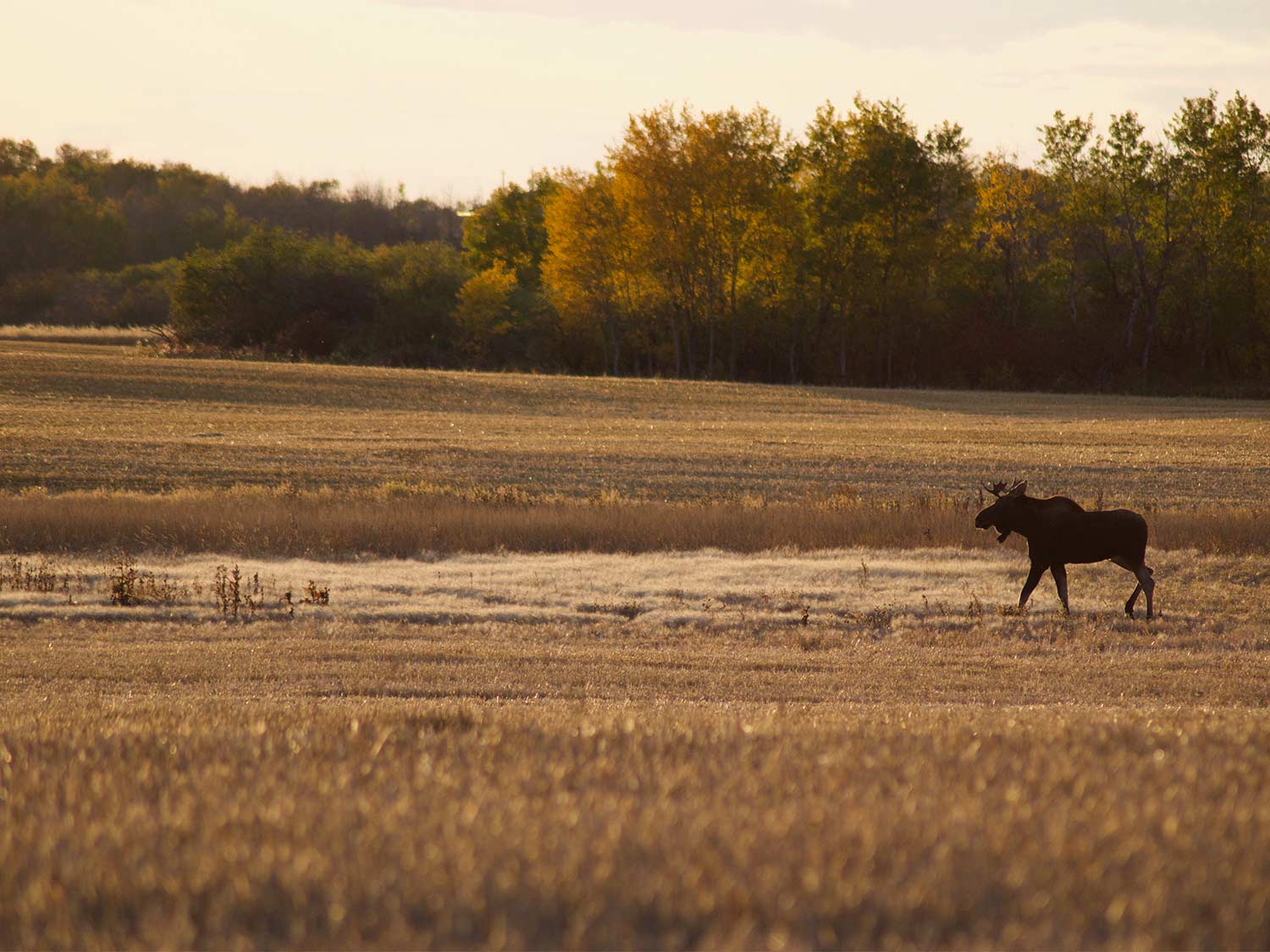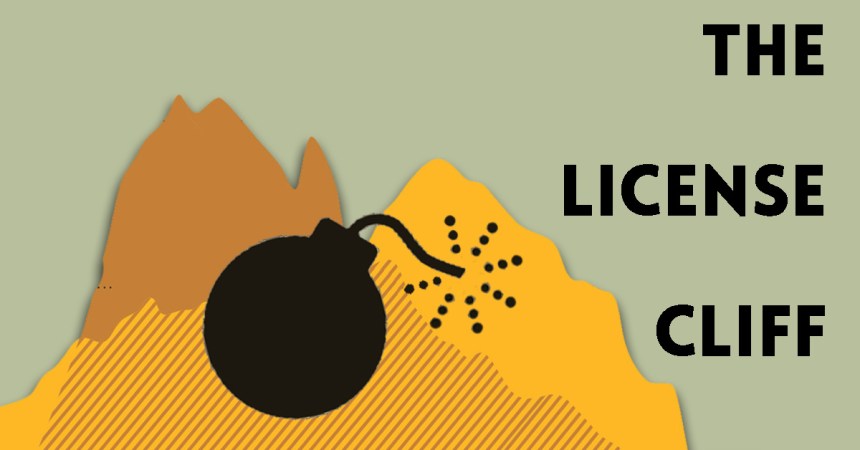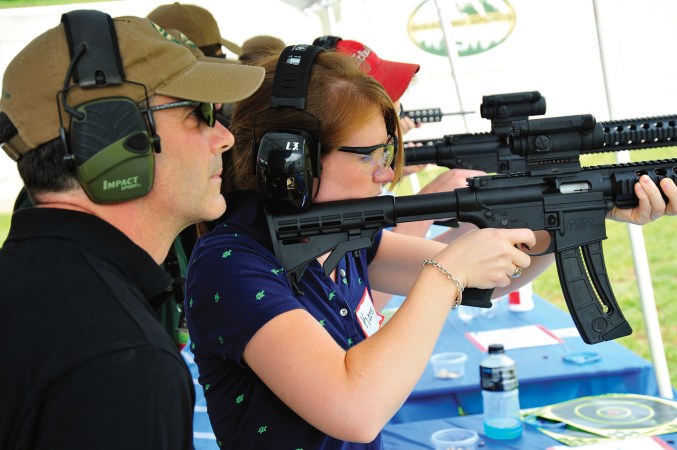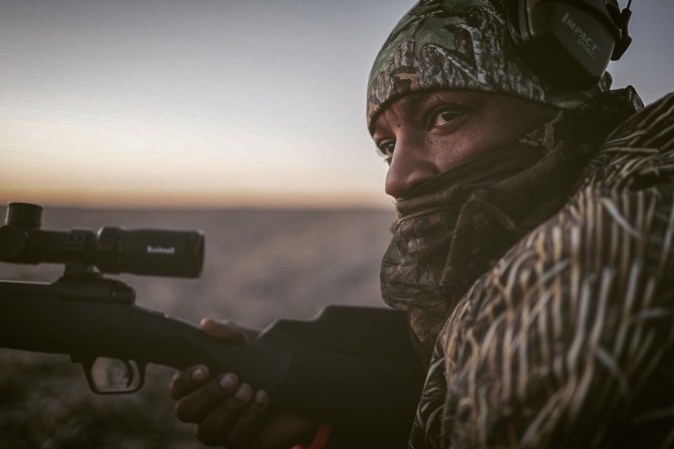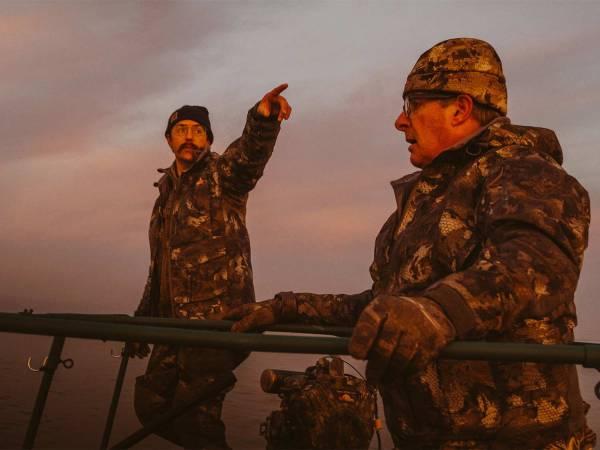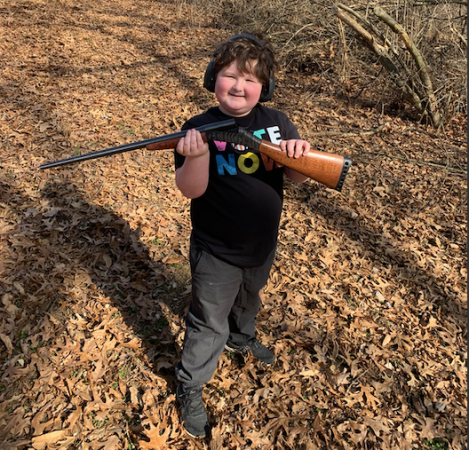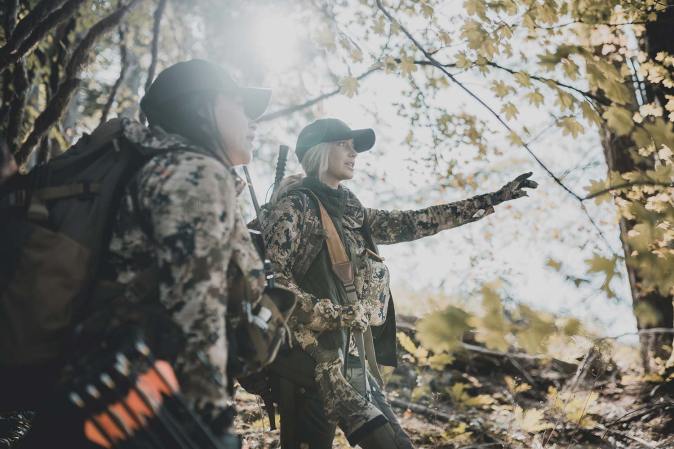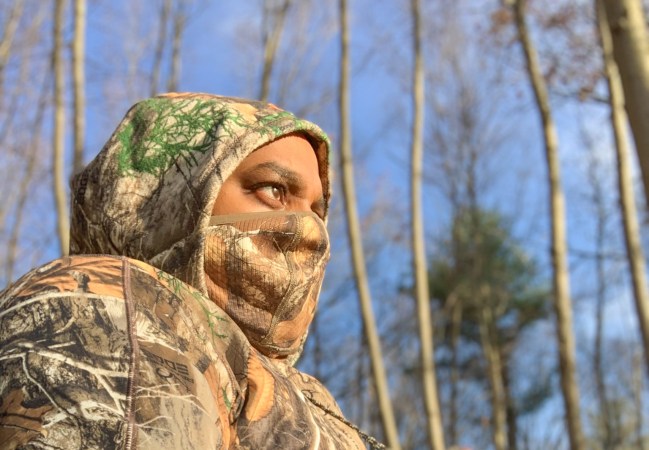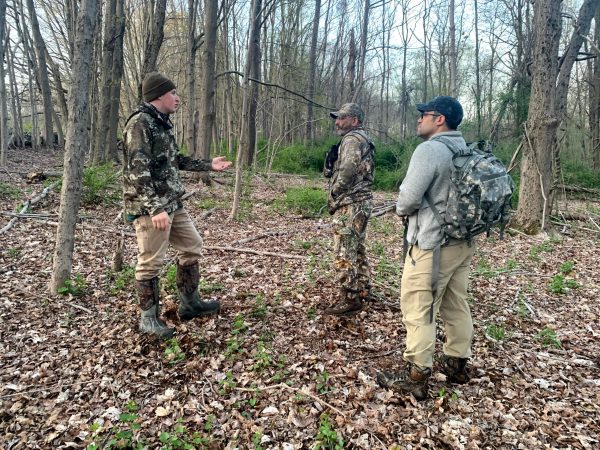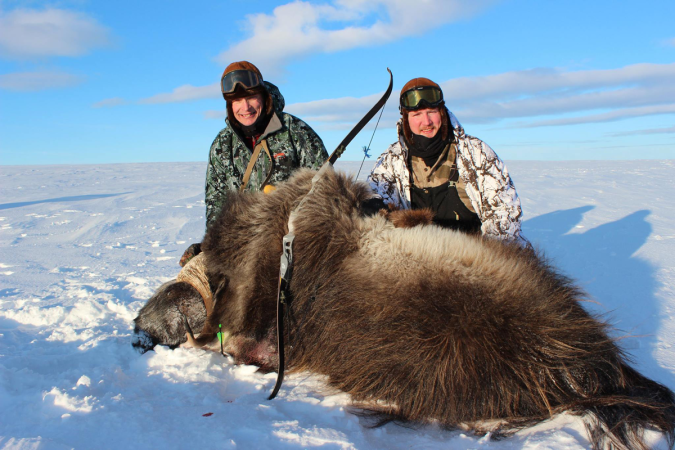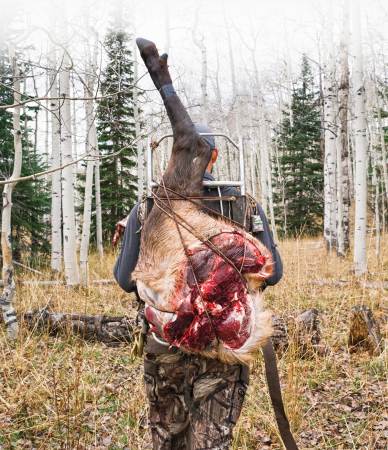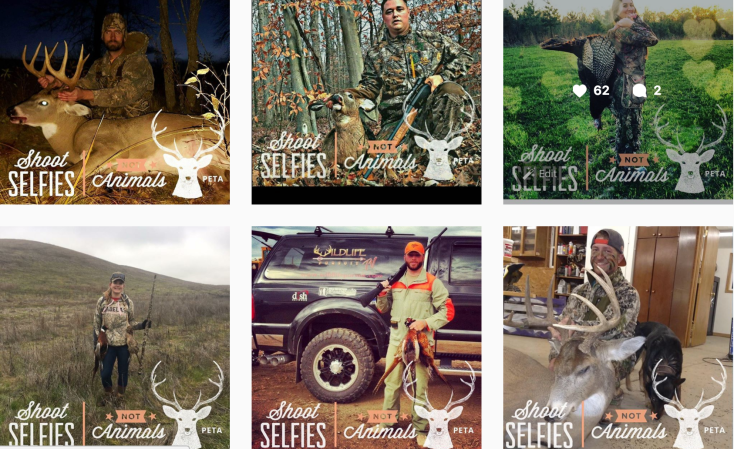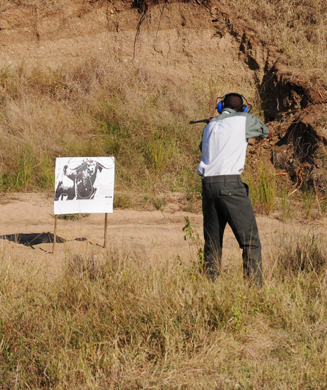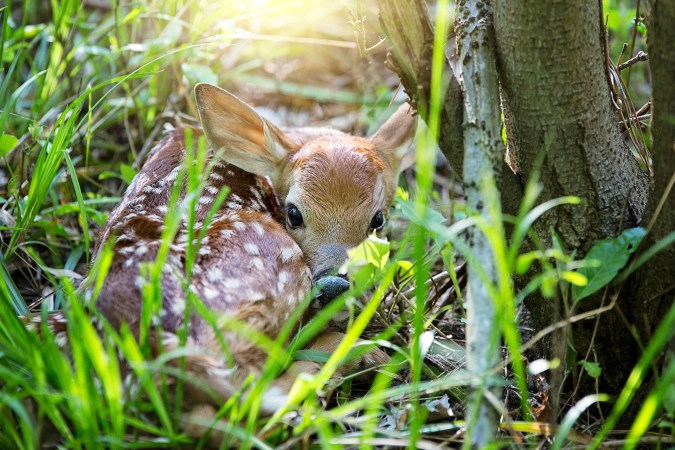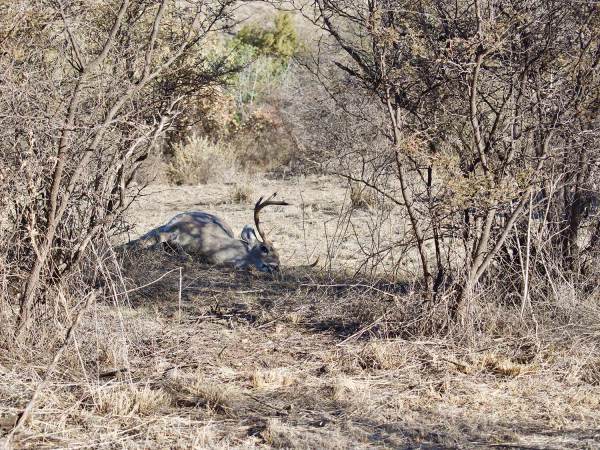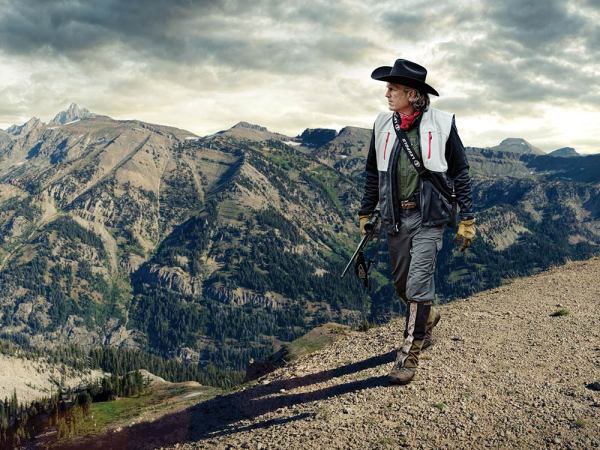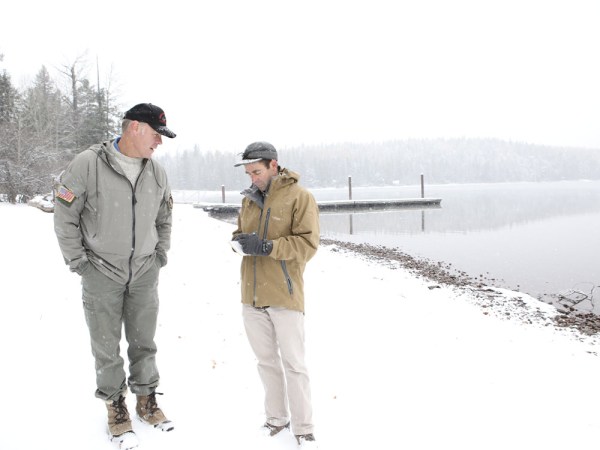We live in a truly incredible age. A man like myself only has occasion to wear a tie maybe once every five to seven years, and when that rare occasion arises, I can get on YouTube for a quick lesson. If I need to replace a throttle body on my wife’s car, or learn what a throttle body is, there’s more YouTube and the glorious internet to save me. I can learn to bake cookies, decorate cakes, play nearly any type of musical instrument, solve a Rubik’s cube, or wrap a gift.
The internet is full of actual, applicable hunting information as well, and part of what we try to do here at Outdoor Life is provide good, useful information that will help hunters out. That being said, it’s easy to get sucked into the digital vortex of information and miss some valuable lessons that can only really be learned first-hand. You can’t replicate decades of field experience with a video or article. In many cases, you just have to go and do this stuff. It will make you a better outdoorsman, and make the experience more meaningful.
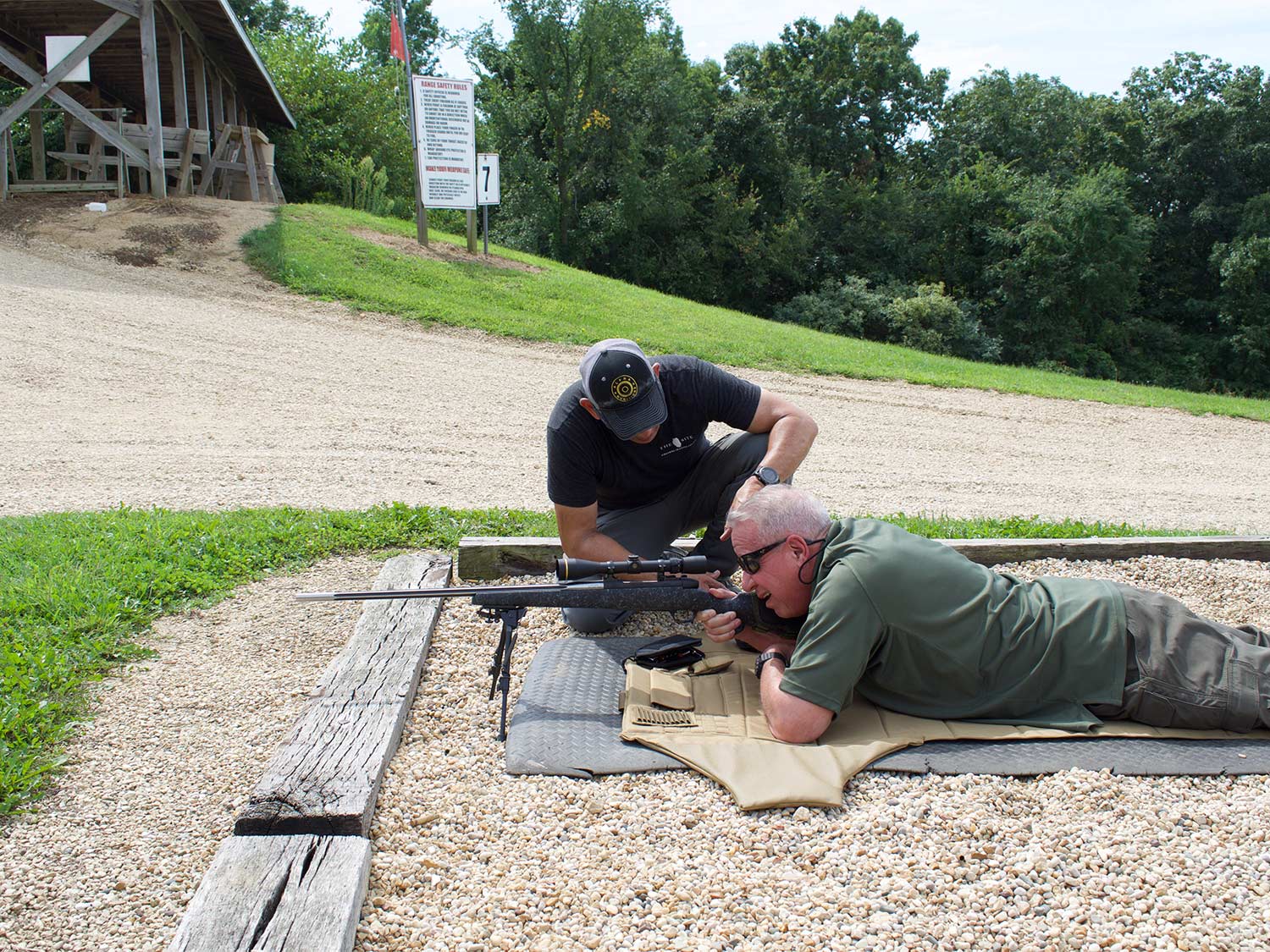
Scope Check
Almost everyone will get nailed across the nose or brow with a riflescope once in their life, often resulting in profuse bleeding. I say once, because usually that’s all it takes to learn that lesson, any more is purely user error. It’s totally understandable, and usually in the heat of the moment on your first bull or buck, you forget to tighten your shoulder against the buttstock, or maybe you’re shooting slightly uphill. That star-spangled aftermath—the ringing in your ears from being struck between the eyes with a hammer—is something that is usually profound enough to be a life-long reminder not to let it happen again.
Survival Fire
There are a million different fire-starting gadgets available these days, and many of them are fantastic. They’re designed and made to make starting fires in a survival situation much easier, and they do that, but just having these gadgets doesn’t mean you’re prepared. Starting a fire with dry, prepared fuel is easy, but it’s not so easy in perilous conditions. If you’re stuck in a survival situation, that can often mean inclement weather, and it takes practice with your intended tools to get a fire going when fuel is damp, or you might not be able to find the best fuels. You can research fuel types for your area and how to start fires all you want, but actually doing it in adverse circumstances and practicing is the only way you will really learn. Fortunately, it’s something that you can practice safely and under somewhat realistic simulated conditions, so do it.
Sharpen a Knife
There are tons of resources, methods, and tools for knife sharpening available online, but much like starting a fire, it takes time, practice, and development of your own skill to become proficient. You can’t just watch a video and know how to sharpen a knife. You have to feel it for yourself, learn the right motions, angles, and how to use sharpening tools properly with your knives to actually be able to do it. For some it comes naturally, for others it takes a lot of work, but you have to do it yourself. Become good at sharpening knives, and you’ll never have to fight a dull blade again. Pocket knives, hunting knives, kitchen knives, scissors, all will be hair-splitting sharp.
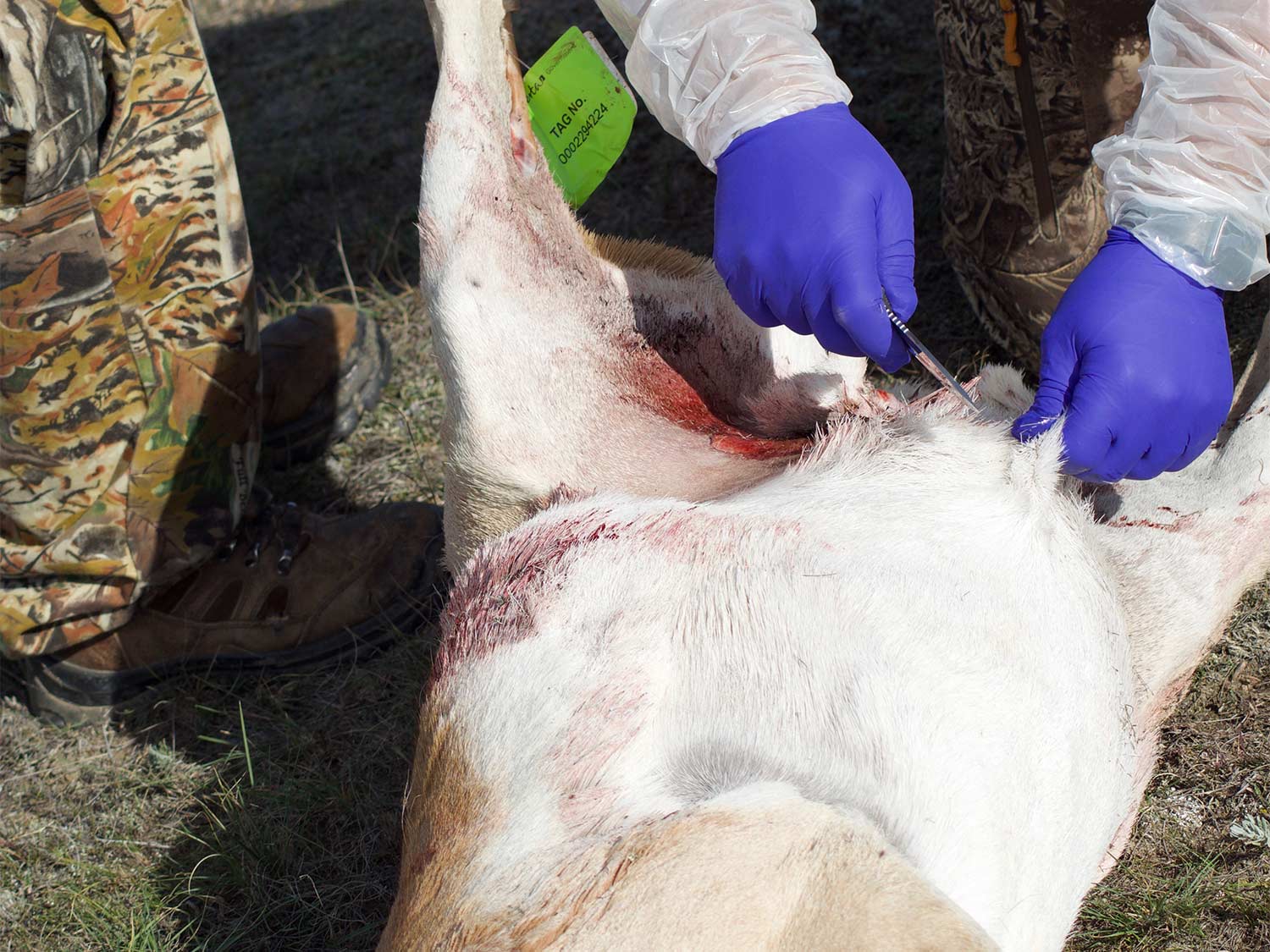
Field-Dress an Animal
An experienced hunter makes gutting game look easy. Cut here, cut there, unzip this, pull, bam, we’re done. However, no matter how many videos you’ve watched, you haven’t really learned how to field dress an animal, whether it’s a rabbit or bull moose. Although there are some good tutorials, a helpful/patient mentor can guide you through the painfully slow process. You can watch someone do this, but to become efficient at it yourself, you have to learn what to cut, how to cut it, what everything feels like, and how to not cut the things you don’t want to cut. You’ll likely be grossed out at first, but it’s a vital skill for every hunter, helping us prevent spoilage and get maximum usage out of the animal we just killed. If you kill it, you clean it.
Read Next: It’s Never Too Late to Learn to Hunt
Turn an Ear, Skin a Hoof
Although this rides the coattails of field dressing, quality skinning, and even taxidermy prep skills are valuable ones to have. You’re only going to learn these with lots of practice, as well as the right tools, so there’s no time to waste. You’ll need to learn things like splitting lips, turning eyelids, turning ears, and even skinning out hooves for those life size mounts. Even if you never plan on mounting your animals, it’s a fulfilling (and often lucrative) skill to have, and it requires lots of practice.
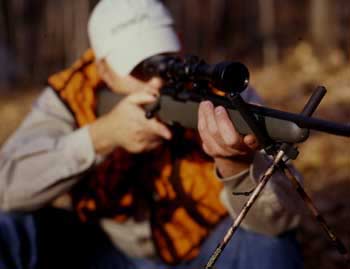
Shoot at a Real Animal
Buck fever, the bear shakes, and sewing-machine leg can all be manifestations of the nerves a person feels in a real-life hunting situation. The excitement and pressure typically peak just as you are about to shoot. Your mind is racing a million miles a minute, you’re not wanting to mess up the shot or lose the opportunity, and you’re wanting to make a clean, quick-killing shot. The effects of this pressure are often compounded when using more difficult to shoot or primitive gear, causing all sorts of calamity. One thing that experienced hunters will tell you is that to learn to control your nerves when shooting at animals, you have to shoot real animals. You will have bad shots, but as you learn to control your nerves, you will become much more effective, which no YouTube video can replicate for you.
I’m not knocking how-to videos. In fact, much of the information they provide helps tremendously when you are getting started, but it won’t trump experience. Use them as a tool, so you get an idea of what to expect. Just know when it comes to the real thing, it’s going to be much different and also more valuable.

